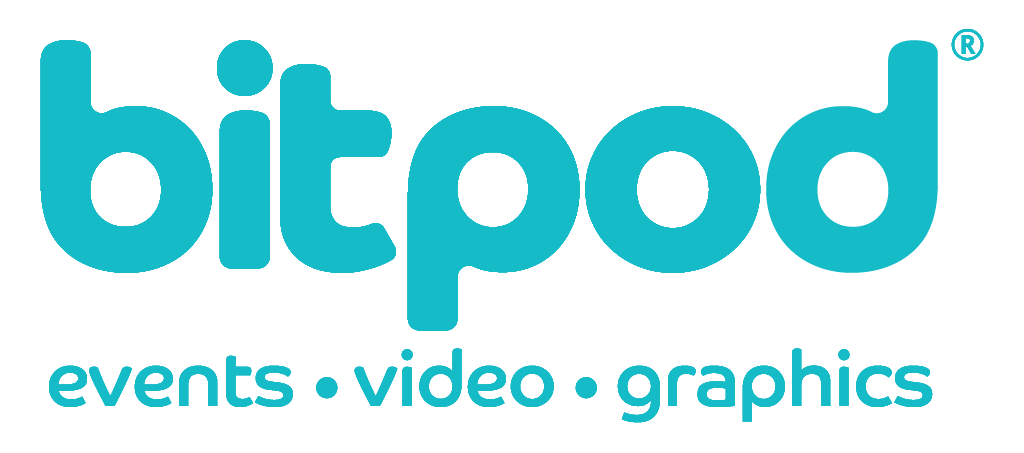What is a hybrid event?
How do remote and in-person presentations integrate during the event?
What equipment is necessary for hosting a hybrid event?
How can we ensure that both in-person and remote attendees remain engaged?
Is the content for hybrid events available post-event?
How do we manage potential technical issues during the hybrid event?
How can remote presenters be effectively integrated into the overall event experience?
How can we promote our hybrid event to maximise attendance?
How do we ensure smooth communication and interaction among attendees?
What environmental benefits do hybrid events offer?
Hybrid events FAQs
What is a hybrid event?
A hybrid event seamlessly combines in-person and online experiences. Attendees can be physically present at the venue or join virtually, ensuring flexibility and broader participation. It’s a contemporary approach that offers the best aspects of both live and online gatherings.
How do remote and in-person presentations integrate during the event?
The crux of a hybrid event is integration. Using advanced broadcasting tools, content is delivered simultaneously to both in-person and remote attendees. No matter where you’re tuning in from, the experience remains consistent, ensuring everyone feels connected.
What equipment is necessary for hosting a hybrid event?
Efficient hybrid events rely on quality equipment. This includes high-definition cameras, professional microphones, dependable streaming software, and clear displays. Such equipment guarantees a cohesive experience for everyone, whether presenting or attending, near or far.
How can we ensure that both in-person and remote attendees remain engaged?
Engagement is key. Use interactive elements like real-time polls, Q&A sessions, and breakout rooms. Offer rich visuals and clear audio, and don’t forget the importance of well-timed breaks to keep everyone refreshed.
Is the content for hybrid events available post-event?
Making content available post-event can extend its impact. Recorded sessions, digital handouts, and summaries can be invaluable resources for attendees, offering the chance to review or catch up on missed parts.
How do we manage potential technical issues during the hybrid event?
Technical preparedness is essential. A competent tech team, thorough pre-event rehearsals, and having backup systems in place can mitigate disruptions. Open communication helps attendees navigate any unforeseen issues smoothly.
How can remote presenters be effectively integrated into the overall event experience?
For remote presenters, consistency and preparation are crucial. Ensure they have the necessary equipment and technical support. Provide adequate rehearsal time, and consider segment scheduling or collaborative sessions with in-person presenters to foster integration.
How can we promote our hybrid event to maximise attendance?
Effective promotion highlights the event’s unique hybrid nature. Use diverse channels, such as social media, email campaigns, and video snippets, to reach potential attendees. Emphasize the benefits of both in-person and virtual participation.
What environmental benefits do hybrid events offer?
Hybrid events can contribute significantly to sustainability efforts. By accommodating virtual attendees, there’s a reduction in travel, leading to decreased carbon emissions. Fewer on-site participants can also mean less waste from event materials and consumables. Essentially, the hybrid format not only extends the event’s accessibility but also aligns with eco-friendly initiatives, promoting a greener approach to large gatherings.
